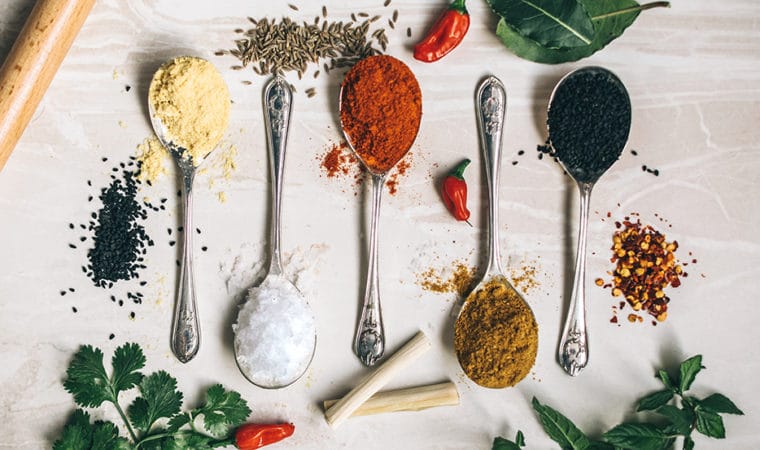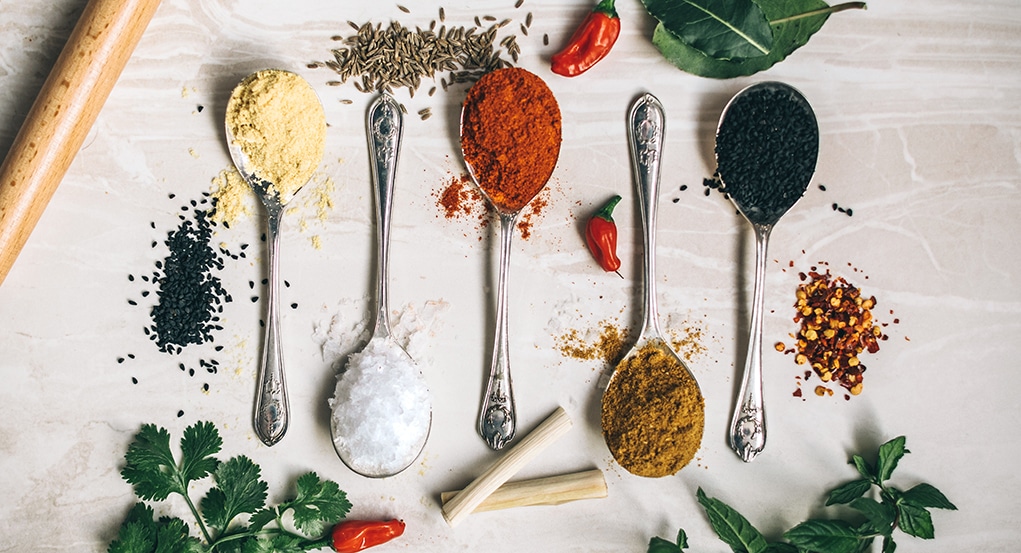



How do you replace key ingredients you’re either avoiding or don’t have on hand when trying new recipes? How do you make plain and basic meals more flavorful or vegan-friendly? How do you add variety to your plant-based diet when you have a limited number of ingredients in your fridge and pantry?
Below we put together a few tips we’ve learned both from our own experience as well as from a few food and nutrition experts, nutritionists, and registered dieticians.
Whether for baking or for a traditional, hearty breakfast – eggs are a pantry staple in many households and a common ingredient in many recipes. Eggs are actually one of the most common food allergens.
The easiest way to replace dairy milk is to buy a plant-based alternative for milk from your local store. If you can’t find one, there are some quick ways you can make it at home.
Here are a few alternatives you can use as a substitute for butter in your cooking and baking.
Use Forager Project Drinkable Yogurt as a 1-for-1 substitute for Buttermilk.
If you run out or can’t find the All-purpose flour that you usually use, it’s time to experiment with different types of flour – you can try whole wheat, buckwheat, oat, or almond flour. The best part is that you can make some of these at home if you have a food processor. Maria Adams, RD loves to make oat flour by pulsing oats in a food processor until fine. You can combine it with spelt or white whole wheat flour, but you can also use oat flour on its own.
Jaime Bachtell-Shelbert, RD uses the oat flour in pancake and muffin recipes, as well as to make bean burgers. Another option is to get creative with flourless recipes (not all baking requires flour!). You can start with a flourless cookie recipe that uses your nut butter of choice as a base.
Both of these are extremely handy to have in the kitchen because they are so easy to add to any meal and are very nutritious, which explains why they have been difficult to find on shelves as of late. You can make your own batches of beans or chickpeas.
If you have an Instant Pot, cooking dry beans is as easy as it gets – taking between 20 and 45 minutes to prepare depending on the type and quantity of beans. Otherwise, cooking dry beans can take more time – we recommend preparing a big batch at once and either storing it in the refrigerator for up to 5 days (with a bit of the cooking water, similar to the cans in the store) or you can also freeze your batch in 2-cup servings for up to three months.
These are great to add a crunchy texture and truly upgrade a basic dish. If you don’t have breadcrumbs on hand, you can instead use a couple of oven-dried bread slices, crushed in a food processor. You can also replace them with crushed croutons, cracker crumbs, crushed potato or tortilla chips, or even crushed cornflakes.
A common ingredient that adds a unique, refreshing, and bright flavor to plain dishes, lemon may seem difficult to substitute. For small amounts, you can swap lemon juice with orange juice one-to-one – it’s sweeter and less tart and might alter the flavor a bit but it’s a worthwhile backup. When you need a more acidic or tart flavor, replace lemon juice with vinegar one-to-one – this will work in recipes where lemon is not the key flavor but plays an enhancer role.
A given but they are your best friend. Add to your assortment next time you do groceries or just reevaluate what you have in your pantry and aim to use each condiment more often. Some great ones to have on hand are garlic powder and onion powder – not as good as the real thing, but they will do the trick in most dishes.
These powders work especially well in roasting because they won’t burn as fast as garlic or onion. The same applies to dried herbs – rosemary, coriander, parsley, basil, oregano, etc. Add cumin, red chili flakes, curry powder, cinnamon, turmeric, or other favorites, and you have a world of flavors at your fingertips.
While these are great to have in bulk in the freezer, ready to add to any meal – you’re not the only one who thinks frozen veggies taste a bit bland. We recommend trying different ways of cooking them – steam, saute, roast, stir-fry, add them to brothy soups, or blend them into creamy soups.
The real pro tip is to experiment with your herbs and spices and go beyond just salt and pepper. Try some of these ideas: coat steamed veggies with toasted sesame oil, sesame seeds, and salt, stir-fry veggies with grated ginger and minced garlic, drizzle roasted veggies with balsamic glaze (made by simmering and reducing balsamic vinegar), or add some curry powder if you’re making a creamy veggie soup.
Whole grains and ancient grains are nutritious pantry staples and have been for thousands of years. Not only do they stay fresh for months, but they offer fiber, plant-based protein, and B vitamins. Jenniffer Hubbard, RD suggests “experimenting with new grains like farro, quinoa, couscous, bulgur or millet.” She adds,” this is a great time to experiment with new ingredients and recipes if your common grocery items are not available.”
For another filling option, registered dietitian, Taisha Bell suggests trying a legume-based pasta. It is higher in protein and “reduces the need for animal protein.”
Another way to add variety and enhance the nutrition profile of your meals is to experiment with grain mixes instead of cooking one grain at a time. Some popular mixes combine some of the following: white rice, brown rice, wild rice, quinoa, red beans, dried soybeans or edamame, etc.
Regardless of the mix, you can also choose to add vegetable broth when cooking your grains for extra flavor. Lastly, explore other ways to cook rice or use leftover rice such as rice soups, fried rice, rice salads, breakfast porridge, or try to make onigiris (Japanese rice balls).
These have always been a staple to adding flavor to meals. The best part about it is that you’re most likely to find a recipe to make from whichever ingredients you have in your kitchen, especially useful when you have leftover herbs. Some of the basic ingredients great to have for whipping up sauces and dressings are: olive oil, sesame oil, balsamic vinegar, soy sauce, onion, garlic, ginger, lemon, miso, mustard, sugar, and tahini.
Monica Salafia, RD has been mixing plain dairy-free yogurt with herbs such as thyme, garlic, and dill and adding these simple dressings to her daily salads. Again, you’re likely to find a recipe for whichever combination you have in your kitchen. We recommend making a jar of a different dressing / sauce every week – most of these will last a couple of days in the refrigerator.
We’re grateful to the Registered Dietitians that were kind to share their own tips with us: Maria Adams (MS, MPH, RDN), Melissa Altman-Traub (MS, RDN, LDN), Jaime Bachtell-Shelbert (RDN, LDN), Taisha Bell (RD), Hailey Crean (MS, RD, CDE, CSOWM), Rhyan Geiger (RDN), Jenniffer Hubbard (RD, LD/N), Rachel Mistry (MS, RDN), Monica Salafia (MS, RD, CPT), and Leah Swanson (MHSc, RDN, CD).
If you have more tips you think others would find useful – please share them with us.

Forager Project is a family-owned and operated organic food company, crafting plant-based foods in California since 2013.